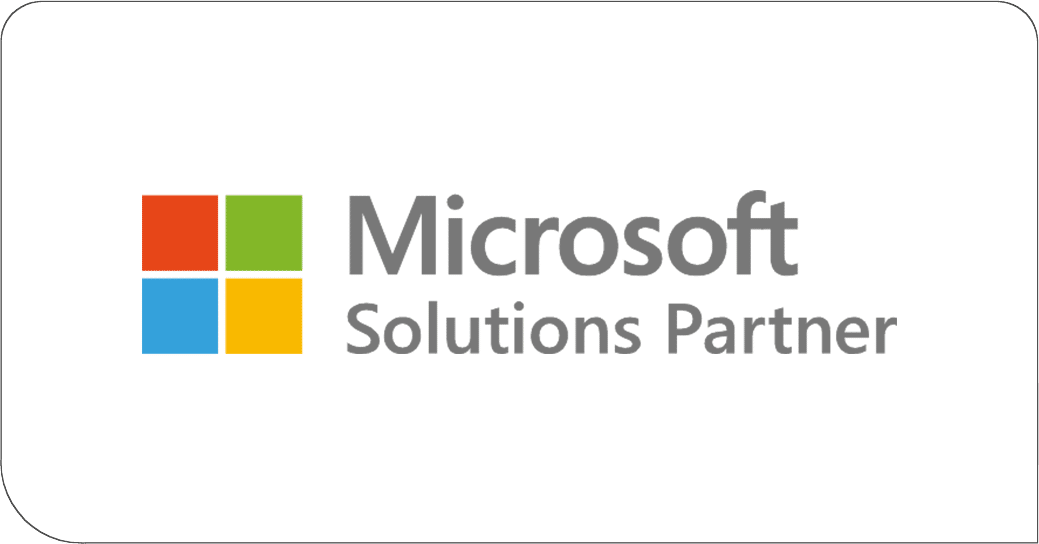Regular IT performance reviews are a key strategy when it comes to proactively seeking ways to improve your operations, avoid potential issues early, and innovate within your industry.
By systematically evaluating your IT infrastructure, software, security measures, and support services, you can identify areas that are working and those needing enhancement.
The outcome? A dynamic environment that supports your business-IT alignment and drives long-term success.
Preparing for an IT Infrastructure Review
Effective preparation is key to making a productive performance review of your IT infrastructure. Here are steps to ensure you’re well-prepared:
- Data Collection: Gather data on system performance, user feedback, security incidents, and support ticket resolutions. This data will provide a factual basis for the review.
- Define Objectives: Clearly outline what you aim to achieve with the review. Objectives may include identifying cost-saving opportunities, improving system uptime, or enhancing data security.
- Engage Stakeholders: Involve key personnel from various departments, such as IT, finance, and operations. Their insights will contribute to a holistic view of IT’s impact on the entire business.
- Review Previous Assessments: Look at past reviews to track progress and recurring issues. Understanding past trends is crucial for setting realistic and impactful future goals.
IT Infrastructure Performance Review Checklist
This checklist is designed to be comprehensive and adaptable to the specific needs and circumstances of your organization. By regularly reviewing these areas, you can ensure your business’s IT systems are functioning efficiently, while remaining secure, compliant, and aligned with strategic goals.
1. Infrastructure Assessment
- Health Check: Evaluate the physical and virtual components of your IT infrastructure, including servers, storage, and networking devices, to ensure they are functioning optimally.
- Performance Metrics: Analyze performance metrics to identify bottlenecks or underutilized resources.
- Incident Review: Examine logs and reports for any incidents or downtime, looking for patterns or recurrent issues that need addressing.
2. Software and Applications
- Software Inventory: Conduct an inventory check to ensure all software is authorized, up-to-date, and necessary.
- Performance and Relevance: Assess whether current applications meet the business’s evolving needs and work efficiently.
- Updates and Upgrades: Identify software requiring updates or upgrades to enhance functionality or patch vulnerabilities.
3. Security and Compliance
- Incident Analysis: Review any security incidents or breaches to understand their causes and prevent future occurrences.
- Patch Management: Verify that all systems and software are up-to-date with the latest security patches and updates.
- Compliance Audit: Ensure that IT practices adhere to relevant regulatory requirements and industry standards, avoiding potential legal and financial penalties.
4. Data Management and Backup
- Data Integrity and Accessibility: Ensure that data is accurately maintained, readily accessible, and securely stored in line with data privacy laws.
- Backup Verification: Regularly test backup systems and procedures to confirm that data can be effectively restored in the event of data loss.
- Disaster Recovery Plan: Review and update the disaster recovery plan to ensure it’s current and effective, considering any recent changes in the IT environment or business operations.
5. User Support and Experience
- Feedback Collection: Gather and review feedback from end-users regarding their satisfaction with IT services and support.
- Support Metrics: Analyze support ticket data, including response times and resolution rates, to identify areas for improvement.
- Training Needs: Identify any gaps in user knowledge or skills that could be addressed through additional training or resources.
6. Budget and Cost Analysis
- Financial Review: Compare actual IT expenditures against the budgeted amounts to identify discrepancies.
- Cost Optimization: Look for opportunities to reduce costs without compromising service quality, such as renegotiating contracts or retiring redundant systems.
- Investment Planning: Assess the need for future investments in IT to support business growth or improve efficiency.
7. Future Needs and Technology Trends
- Strategic Planning: Discuss anticipated business changes or growth that may impact IT requirements.
- Innovation Opportunities: Explore emerging technologies or methodologies that could offer competitive advantages or better support remote work environments.
- Skill Gaps: Identify any skill gaps within the IT team that could hinder the adoption of new technologies or practices, planning for necessary training or hiring.
Analyzing IT Infrastructure Review Outcomes
After completing your IT performance review, the next step is to analyze the gathered data and feedback systematically. This analysis is crucial for translating raw data into actionable insights.
- Identify Patterns and Anomalies: Look for recurring issues, such as frequent downtime in specific systems or consistent security vulnerabilities. Recognizing patterns helps in understanding underlying problems that need addressing.
- Benchmark Against Goals: Compare your findings against predefined IT and business objectives. This comparison will highlight areas where performance is lagging and where it exceeds expectations.
- Prioritize Findings: Not all issues will have the same impact on your business operations. Prioritize them based on factors such as risk level, impact on business continuity, and resource availability.
- Stakeholder Feedback: Incorporate feedback from key stakeholders and end-users to ensure the review outcomes align with user experiences and business needs.
- Document Insights: Clearly document the insights from your analysis, including identified issues, their potential impact, and recommended actions. This documentation will be crucial for the next phase of implementing changes.
Implementing Changes and Business-IT Alignments
With a clear understanding of the review outcomes, the focus shifts to implementing necessary changes. This phase is about turning the insights gained into actions that will adjust your IT’s performance issues and realign infrastructure with business objectives.
- Develop an Action Plan: For each prioritized issue, develop a detailed action plan. This plan should include specific steps, assigned responsibilities, required resources, and timelines.
- Engage with Stakeholders: Communicate the proposed changes to all relevant stakeholders, including management, IT staff, and end-users. Their buy-in is essential for smooth implementation and adoption.
- Resource Utilization: Ensure that the necessary budget, personnel, and tools are allocated to implement the changes effectively. This might include reallocating existing resources or securing additional ones.
- Change Management: Utilize change management best practices to minimize disruption and resistance. This includes clear communication, risk management, training, and support for all affected by the changes.
- Monitor Implementation: Closely monitor the implementation process to ensure it stays on track. Be prepared to adjust the plan as needed based on real-time challenges and feedback.
- Review and Refine: After implementing the changes, review their effectiveness in addressing the identified issues. This may lead to further refinement of strategies and additional iterations of the review and implementation cycle.
Ready to Transform the Performance of Your IT Infrastructure?
By regularly evaluating key aspects of your IT environment, from infrastructure health to user satisfaction, you can improve operational efficiency, mitigate risks before they become critical, and make informed decisions about technology investments.
However, conducting a comprehensive IT review is a time-consuming and often complex process. That’s where the expert IT consulting team at Davenport Group swoops in.
We’ll assist you in setting up a structured IT review process, identifying areas for improvement, and implementing effective strategies for continuously optimizing performance of your IT infrastructure. Reach out to us today to learn more about how we can support your business’s technology needs.

